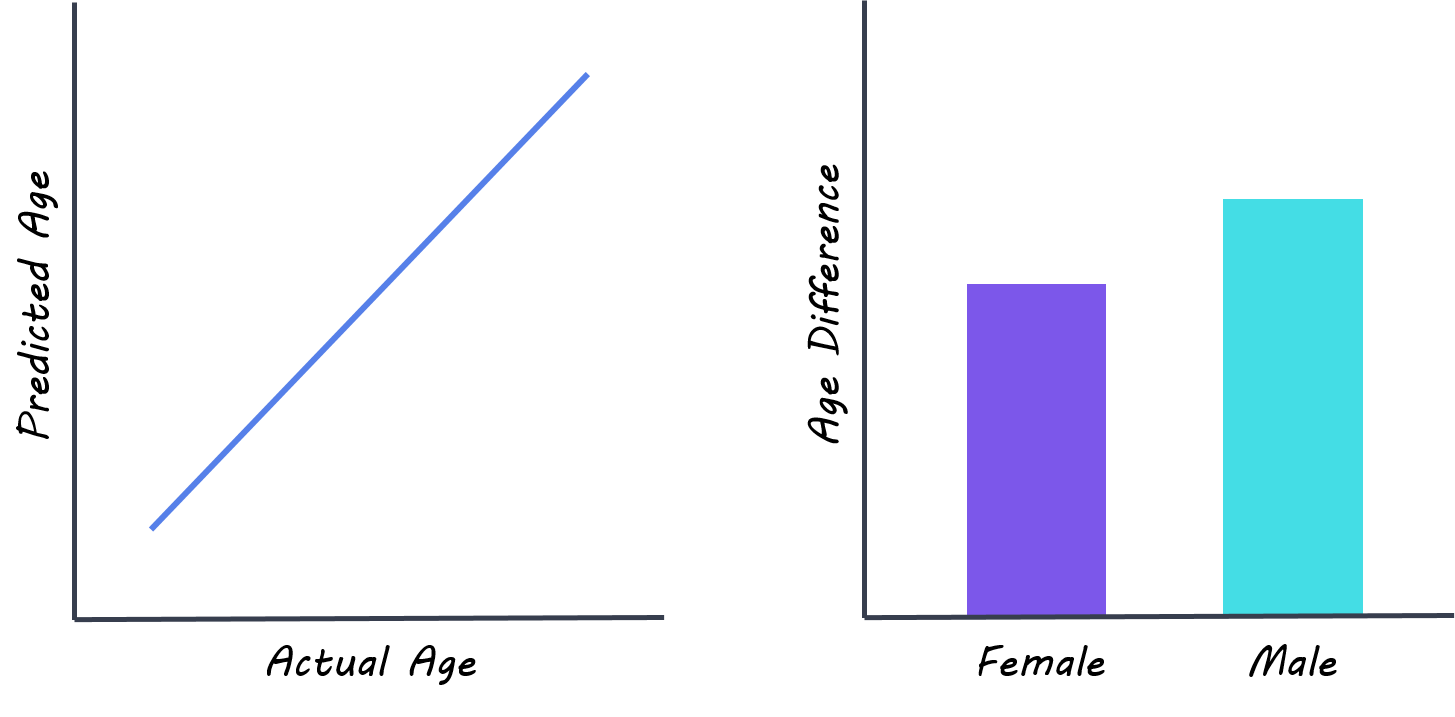The Aging Female Brain Retains More Metabolic Youth Across the Lifespan
Post by: Amanda McFarlan
What's the science?
In humans, the decline in brain metabolism with age is hypothesized to reflect the gradual ending of developmental processes in the brain as it reaches maturation. As such, any factors that influence the developing brain, such as sexual differentiation, are likely to play an important role in the aging process. This week in the PNAS, Goyal and colleagues used a combination of brain imaging techniques and machine learning to investigate the influence of sex on metabolism in the aging human brain.
How did they do it?
The authors included a total of 205 healthy male and female participants between the ages of 20 and 82 years old in the study and identified individuals in two groups: amyloid-negative individuals and asymptomatic amyloid-positive individuals. Amyloid is often found in individuals with mild cognitive impairment and Alzheimer’s disease, however, these individuals were cognitively normal. All participants underwent a PET scan and structural MRI scan to measure several metabolic markers including total glucose usage, oxygen consumption, cerebral blood flow and aerobic glycolysis (the difference between total glucose and oxygen consumption). These metabolic measurements were normalized across all PET scan sessions for 79 brain regions. The authors used the normalized brain metabolism data from the amyloid-negative individuals to train a machine learning algorithm (random forest regression with bias correction and 10-fold validation) to predict the actual age of the participants, and then tested the ability of the algorithm to accurately predict a participant’s age based on their metabolic profile. The authors then performed three additional analyses: 1) To assess differences in metabolic profiles between males and females, the authors trained their machine learning algorithm on the normalized brain metabolism data from either males or females only, and then used the algorithm to predict the age of members of the opposite sex based on their metabolic profiles. 2) They performed further analyses to determine the impact of each individual metabolic parameter on the observed sex-based differences. 3) Finally, they applied their initial machine learning algorithm from amyloid-negative individuals to the data from amyloid-positive individuals (ages 60-80) to determine the effect of amyloid deposition on metabolism in the aging brain.
What did they find?
The authors found that the machine learning algorithm was able to closely predict an individual’s age based on their metabolic profile. They revealed that when training the machine learning algorithm on data from male participants only (and then used that algorithm to predict the age of females), the predicted metabolic age for females was on average 3.8 years younger compared to males. In support of these findings, the mean metabolic age for males was 2.4 years older compared to females when the machine learning algorithm was trained on data from female participants only (and then used to predict the age of males). Together, these data suggest that the metabolic profile of a female brain is younger compared to that of an age-matched male brain. Further analyses revealed that the sex-based differences in metabolic brain age were more strongly associated with brain glucose use rather than cerebral blood flow or oxygen consumption. Finally, the authors determined that the average metabolic brain age between age-matched amyloid-negative and amyloid-positive participants was not significantly different, suggesting that amyloid deposition does not account for variability in metabolic brain age across individuals.
What's the impact?
The authors provide evidence that the female brain is more youthful compared to the male brain across the lifespan in an in vivo study of brain metabolism. They used machine learning algorithms to show that on average the female brain is a few years younger than the male brain, from a metabolic perspective. These findings provide insight into how sex can impact glucose metabolism and the observed pattern of brain aging in different individuals.
Goyal et al. Persistent metabolic youth in the aging female brain. Proceedings of the National Academy of Sciences of the United States of America (2019). Access the original scientific publication here.


